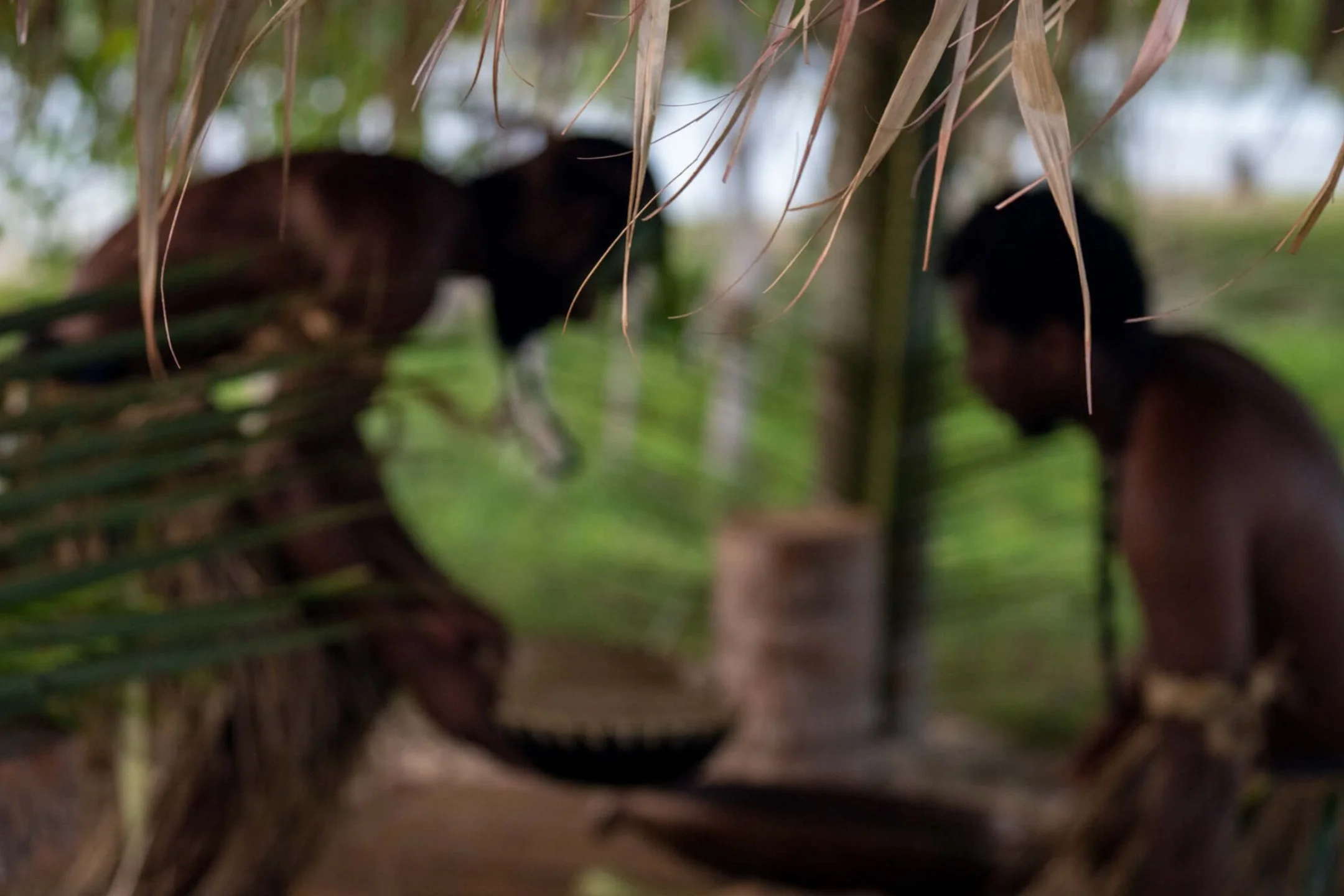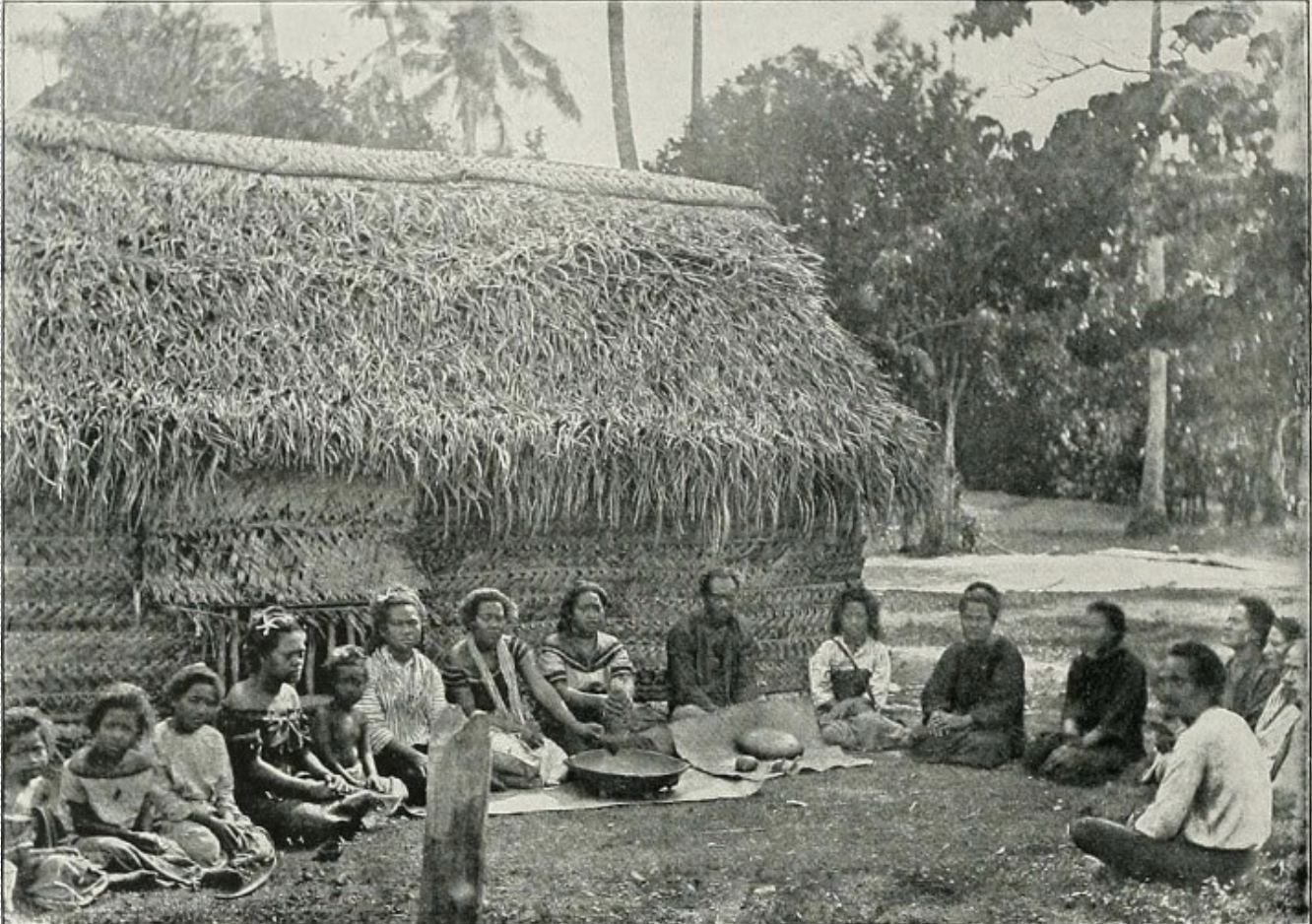The Ancient Roots of Kava Around the World
Kava is a traditional beverage with a long tradition and deep cultural roots in many parts of the world. From ancient Polynesia to modern times, Kava has been used to help people relax and ease daily stress. Let's take a look at the history and evolution of Kava around the world.
The Origins of Kava in Polynesia
Kava was first introduced to the islands by colonists from Asia thousands of years ago. In the indigenous cultures of Tahiti, Hawaii, Fiji, Vanuatu, and Samoa, kava was used to symbolize peace and friendship and was often served at ceremonial events. The drink has also been used as a traditional medicine for anxiety and insomnia. Kava still holds an essential place in these cultures today, particularly in Tonga, where it is served at social gatherings as an offering of hospitality among friends.
Kava Comes To Europe
Kava began to gain popularity in Europe during the 19th century when explorers first visited the South Pacific Islands. Although its effects were largely unknown then, Europeans were intrigued by its calming effects and potential health benefits. By the end of the 19th century, kava had become increasingly popular throughout Europe as more people discovered its calming properties and began using it for relaxation or stress relief.
Kava in the US
Kava made its way to America in the late 1800s during the Victorian era when entrepreneurs began importing kava from Fiji and other islands located in the South Pacific. During this time, Grog shops began popping up across major cities on the West Coast, where men gathered to discuss politics and drink Grog made from kava root mixed with alcohol or beer. Although these drinks were often referred to as "beverages," they had powerful sedative-like effects, likely contributing to their declining popularity by the early 1900s.
As one researcher stated back in 1903, "No Hawaiian went home from the Saturday market without an 'awa root tied to his saddle" — awa being another name for kava. More recently, from the late 1980s to 2004, the Alia Point Awa Nursery in Hilo, Hawaii, sold thousands of kava plants to farmers, along with information on the making and commercialization of kava beverages.
Kava for sale in Hawaii 1903
Kava started making a comeback in the 1970s when it was discovered that ground kava root powder could be mixed with water or any other beverage to produce a calming effect. Since then, kava has become popular, as an alternative to prescription medications or alcohol, among those seeking to relax and socialize. Many users report that drinking kava provides similar relaxation benefits to a glass of wine without the side effects often associated with alcohol consumption, such as dehydration or impaired judgment.
Kava Goes Global
In recent years, kava has gained global recognition as a natural way to reduce occasional stress due to its calming effects on both body and mind without any adverse side effects or risk of addiction. Its popularity has spread across North America, Europe, Australia, New Zealand, Asia, and even some parts of Africa! Kava's popularity grows as more people discover its numerous benefits (including improved sleep quality).
For centuries, kava has been used worldwide for relaxation, social bonding, occasional stress relief, improved sleep, and daily anxiety. It's clear that the powers of this ancient beverage still hold today, with many cultures relying on it for various purposes. Despite being around for hundreds, if not thousands, of years, more people continue to discover its numerous benefits making it one drink worth exploring.



